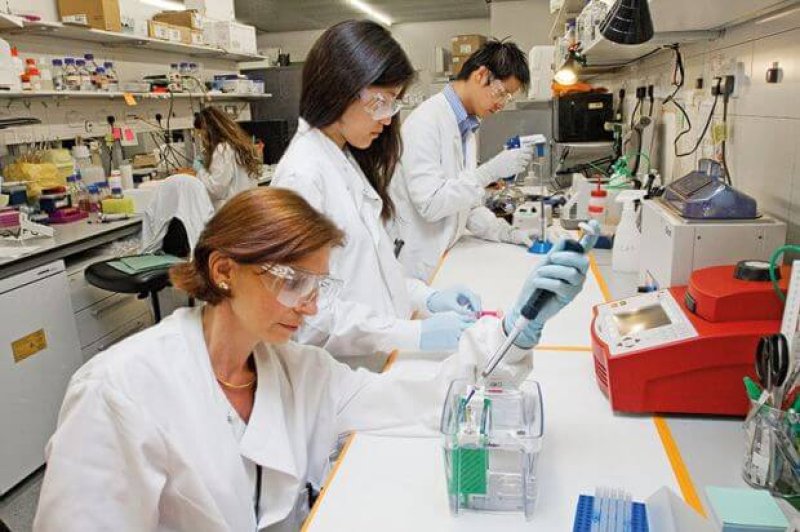When my cancer support group visited a research lab, the discussion of proteomics, fibroblasts and microRNAs made about as much sense to me as Lewis Carroll’s nonsense rhymes. Yet the meeting confirmed my suspicion that the gulf between patients and researchers needs to be bridged.
…
[T]he sole biologist in our group said she felt “genuinely touched” that “[ovarian cancer researchr Anirban Mitra] wanted to meet us, and to have his lab members meet us, primarily to make human contact with some of the people who stand to benefit from the research that they are doing”: “I have known many cancer researchers over the years,” she said, “but never seen this kind of outreach before.”In an email, Anirban implicitly agreed: “Most researchers are driven by the research problem and miss the human angle. Addressing this might help in pushing harder toward a cure. Similarly, patients can benefit from knowledge of the latest research going on and can help contribute in fine tuning the direction through their experiences.”
…
Collaboratively, we were envisioning a “bench-to-bedside” approach whereby lab research translates into clinical testing and then to standard practice and improved care.
…
Even though researchers and patients may never fully comprehend each other, even though (and maybe because) most of us cannot victoriously galumph back from our cancer engagements, we need to find occasions to chortle in beamish and frabjous talk together.
Editor’s note: Susan Gubar has been dealing with ovarian cancer since 2008
Read full, original post: The Jabberwocky in a Cancer Lab































